Excel provides several methods to perform addition, enabling users to efficiently calculate sums across numbers, cells, columns, and rows.
Using the SUM Function in Excel
The SUM function is one of the most powerful tools in Excel for adding up values. It can sum numbers, individual cells, ranges of cells, or a combination of these.
To add numbers directly using the SUM function, type the following formula into a cell:
=SUM(5, 10, 15)This formula adds the numbers 5, 10, and 15, returning a total of 30.
To sum a range of cells, enter the cell references within the SUM function. For example, to add the values in cells A1 through A10:
=SUM(A1:A10)This sums all the numbers in cells A1 to A10.
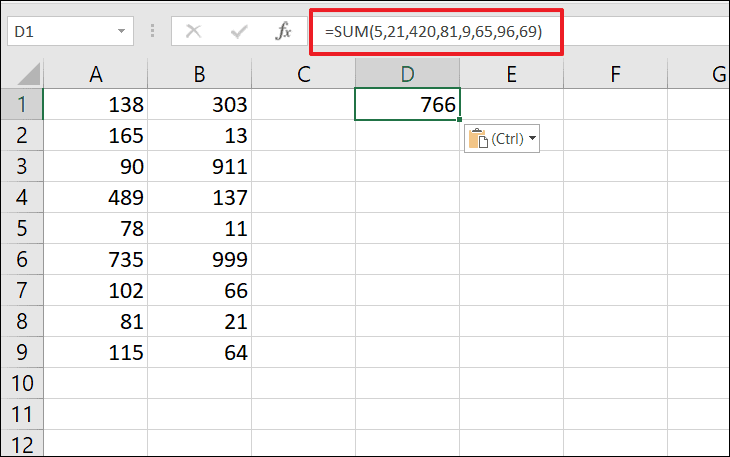
You can also sum multiple ranges or cells by separating them with commas:
=SUM(A1:A10, B1:B10, C1, D1)
Using the AutoSum Feature
The AutoSum feature provides a quick way to sum a column or row of numbers without typing a formula manually.
Step 1: Select the cell immediately below the column of numbers you wish to sum.
Step 2: Navigate to the Home tab on the Excel ribbon, and click the AutoSum button in the Editing group.
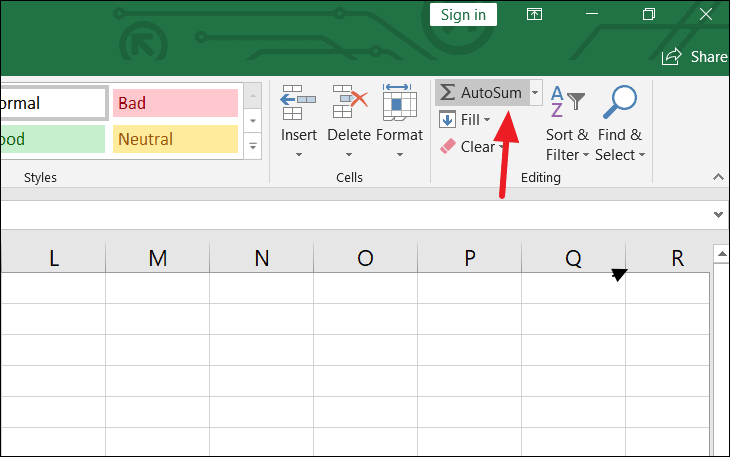
Excel will automatically insert the SUM function, selecting the range of numbers above the selected cell.
Step 3: Press Enter to calculate the sum.
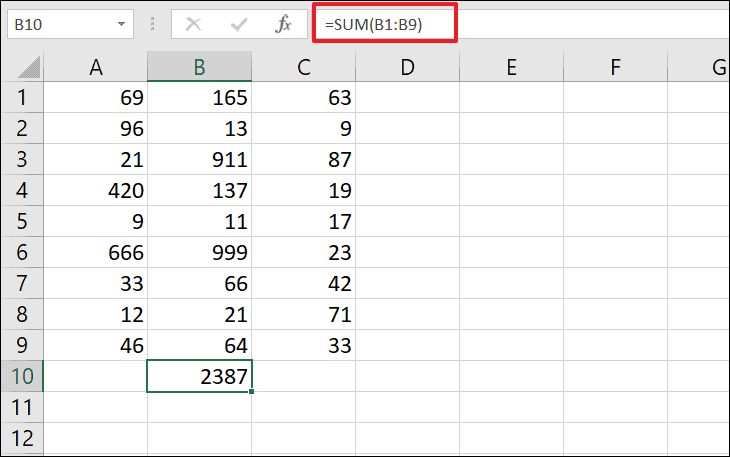
Adding Numbers Directly in Excel
You can perform simple addition directly in a cell by typing an equal sign followed by the numbers separated by plus signs.
For example, to add 10 and 32, enter:
=10+32Excel will calculate and display the result, 42.

You can add multiple numbers by continuing to use the plus sign between them:
=10+32+15+8
Adding Cell Values in Excel
To add values from different cells, use cell references in your formula. Begin by typing an equal sign, then select the cells you want to add, separated by plus signs.
For example, to add the values in cells A2 and B2, enter:
=A2+B2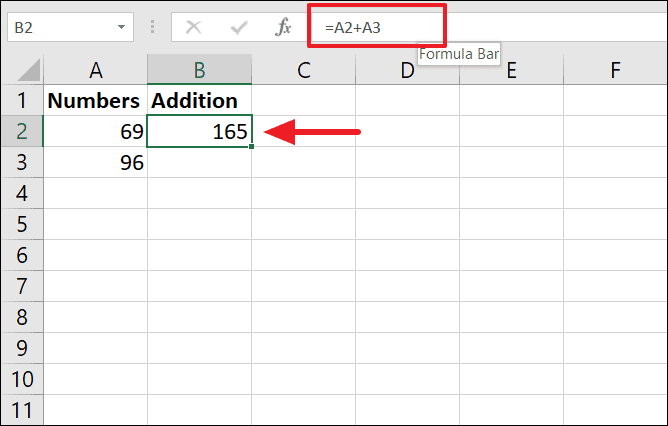
You can include as many cell references as needed:
=A2+B2+C2+D2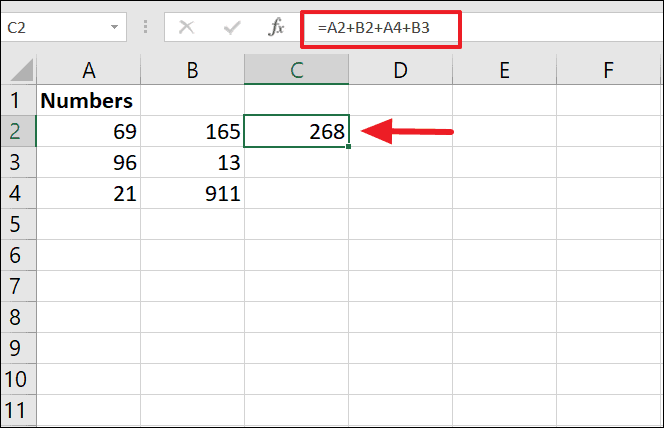
You can also combine cell references with numbers:
=A2+B2+10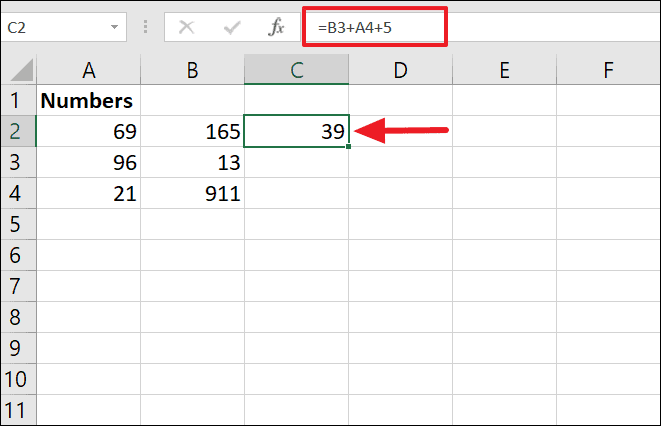
Adding Columns and Rows in Excel
To add corresponding cells across columns or rows, enter the formula in the first cell of the result column or row, and then use the fill handle to copy the formula to other cells.
Step 1: In the first cell of the result column (e.g., C1), enter the formula adding the corresponding cells (e.g., =A1+B1).
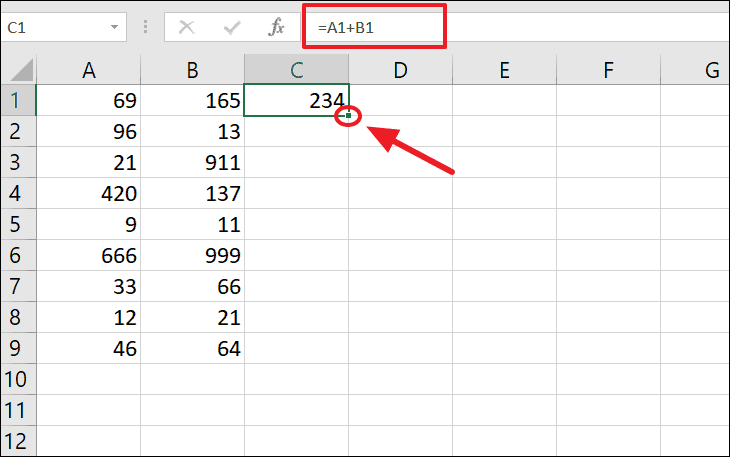
Step 2: Hover over the bottom-right corner of the cell until the cursor becomes a small plus sign (the fill handle).
Step 3: Click and drag the fill handle down the column to copy the formula to other cells.
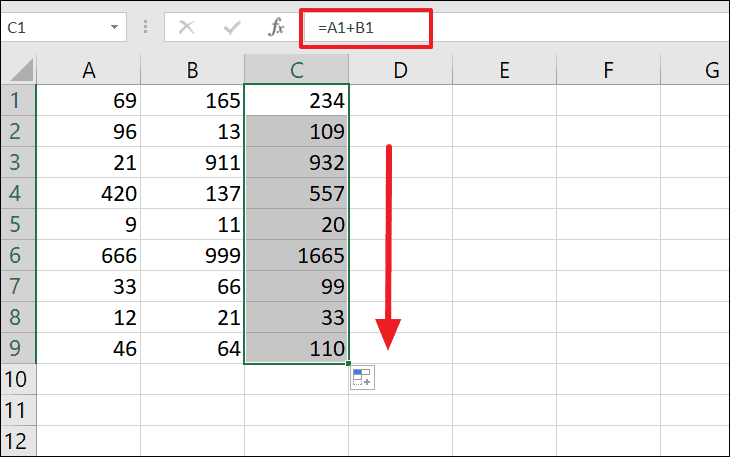
This method adds the values in columns A and B row by row, placing the results in column C. The same approach can be used to add rows by copying the formula across columns.
Adding a Constant Number to a Range of Cells
To add the same number to a range of cells, you can use an absolute reference or the Paste Special feature.
Using an Absolute Reference:
Step 1: Enter the constant number you want to add in a cell (e.g., cell A11).
Step 2: In the first cell of the result column (e.g., C1), enter the formula using an absolute reference to the cell with the constant number. For example:
=A1+$A$11The dollar signs ($) lock the reference to cell A11, so it doesn't change when the formula is copied.
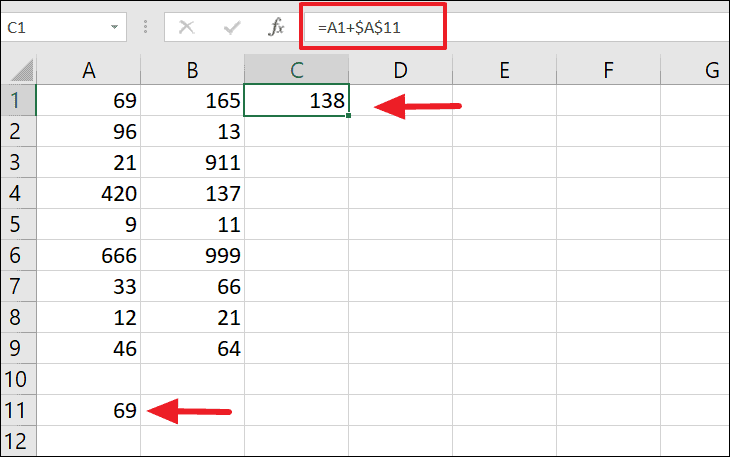
Step 3: Use the fill handle to copy the formula down the column.
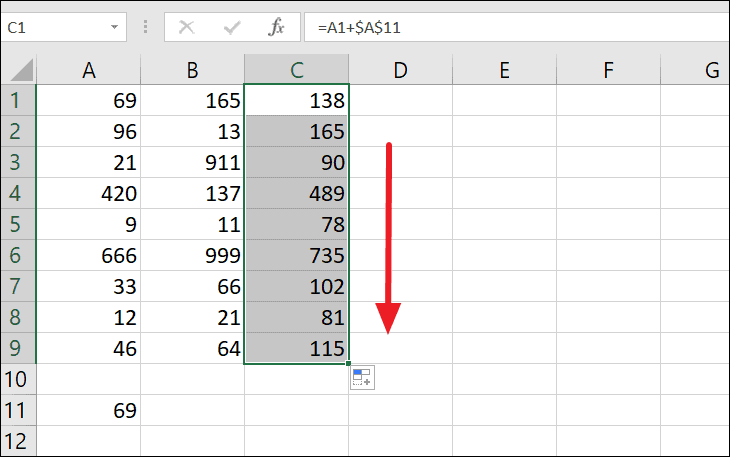
This adds the constant number in cell A11 to each value in the range A1:A9 individually.
Using the Paste Special Feature:
Step 1: Select the cell containing the constant number (e.g., A11) and copy it by pressing Ctrl + C or right-clicking and choosing Copy.
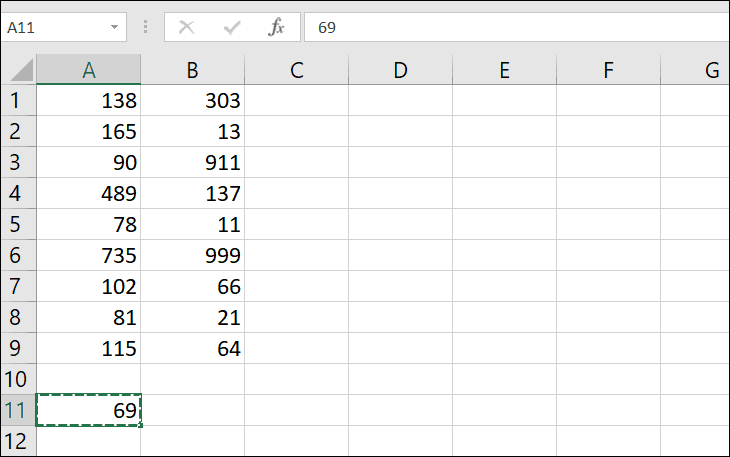
Step 2: Select the range of cells you want to add the number to (e.g., A1:A9).
Step 3: Right-click the selected range and choose Paste Special.

Step 4: In the Paste Special dialog box, under Operation, select Add and click OK.
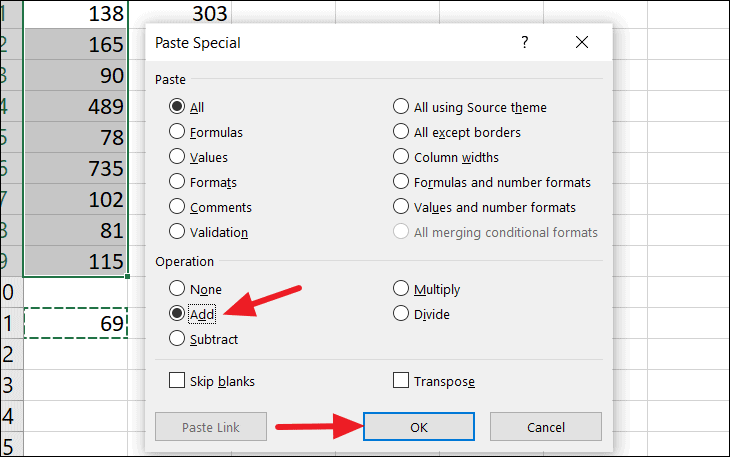
This will add the constant number to each cell in the selected range, replacing the original values.
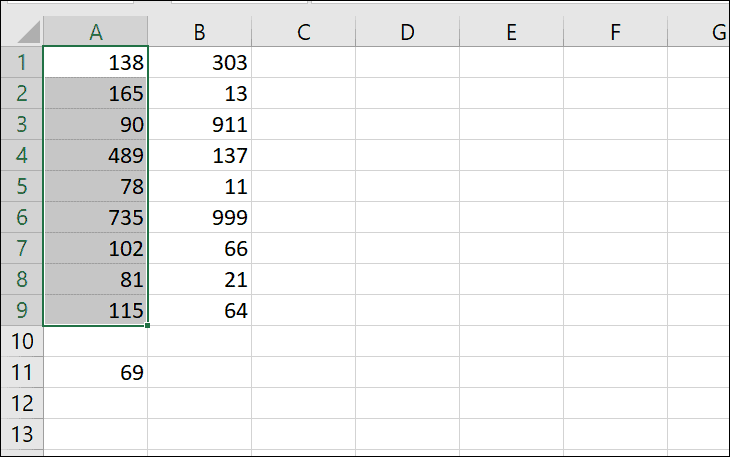
Excel offers versatile methods for addition, allowing you to perform simple calculations or summing large datasets efficiently.











Member discussion